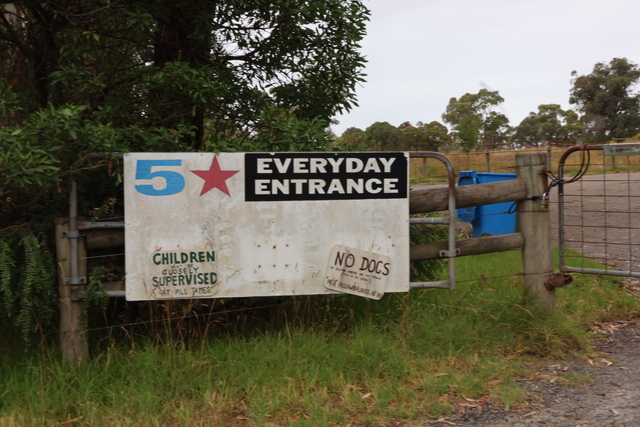As Casey residents continue to acquaint themselves with the economic hardship provoked by the rising cost of living, the tremendous rise in rates arrears throughout the City of Casey will likely come as a shock to no one.
After reports that Casey has seen a 41.8 per cent increase in rates arrears between August 2020 and now, all eyes are on Casey’s administrators to provide a sense of relief in these trying times.
“We understand that many people may face challenges in paying their rates and we work hard to support ratepayers by providing flexibility to affected customers where possible,” City of Casey chair of administrators Noelene Duff said.
“Hardship applications are received in different ways and are considered on a case-by-case basis in line with our adopted Rate Payment and Financial Hardship Policy. If a ratepayer is unable to make a regular payment arrangement, their application will be assessed under the financial hardship provisions of the policy. In the majority of hardship cases, the outcome involves setting up an individual arrangement, whereby the ratepayer pays an agreed amount each week/fortnight/month and within parameters that best meet the ratepayer’s particular circumstances.
“In light of recent tighter economic conditions, council’s 2023/24 Budget included a relief package for ratepayers which included suspension of late payment penalty interest, deferment of legal action and suspension of interest on approved arrangement-to-pay plans.”
This increase in rates arrears can be partly attributed to the increase in the cost of rates throughout Casey, with the city’s rates having been increased by 3.5 per cent this year alone – the maximum increase allowed by the rate cap established by the State Government.
However, in the Budget Report for 2023-2024, the City of Casey expressed that it may be necessary to apply for rate cap variations in future years to allow them to exceed the cap and increase the city’s rates by a greater percentage.
“The cap of 3.5 per cent set for the 2023/24 financial year was 0.5 per cent below the Essential Services Commission recommendation and less than the rates of inflation currently being experienced in Victoria,” Ms Duff claimed.
“Council’s costs are not only influenced by the increase in CPI each year, but also by the effect of increased construction costs for capital works projects which are required to provide vital infrastructure and assets for our growing community.
“For council to deliver local and regional scale projects and services that our growing community needs and deserves, we require significant State and Australian Government funding support. In the absence of this funding, growth area communities will continue to have poorer access to essential infrastructure that supports their health, wellbeing and ability to access basic and essential services.”
But with the reliance on rates as a primary source of funding for local projects and services, Noelene Duff spoke to the importance of late penalties, which include the capacity to pursue legal action for rate debts that reach $1000, despite arguments from Ratepayers Victoria that this threshold for action should be much higher. However, Ms Duff urged that such action is only pursued in extreme cases.
“Council has an obligation to deliver services and infrastructure to the community and rates are an integral part of supporting us to do that. If there was no penalty for late payments, there would be no advantage to pay rates on time.
“Our policy does provide for the pursuance of legal action for overdue rates accounts, which council is able to do under the Local Government Act 1989. The policy states that the minimum threshold is $1000 for residential property owners and $2000 for commercial owners.
“However, the council does not apply this as the ‘trigger’ amount to commence recovery in the courts and we actively seek to reach payment arrangements to address any debts. Legal action to recover outstanding rates is a last resort and only used if other attempts to contact the ratepayer have been unsuccessful.”
While the long term plan outlined in the 2023-2024 budget proposes finding alternative sources of revenue to reduce its reliance on rate revenue to deliver services, nothing has been confirmed as to where this alternate funding will come from and when.







